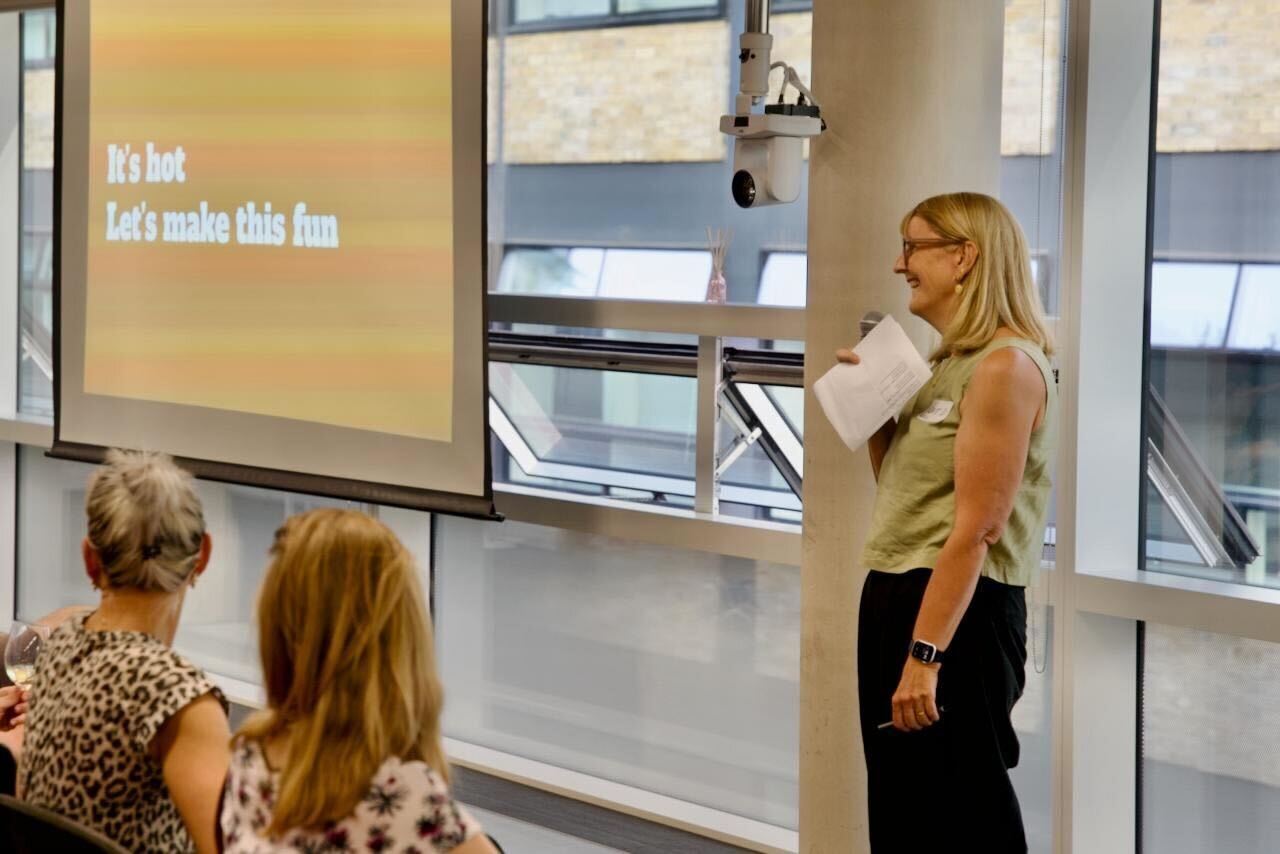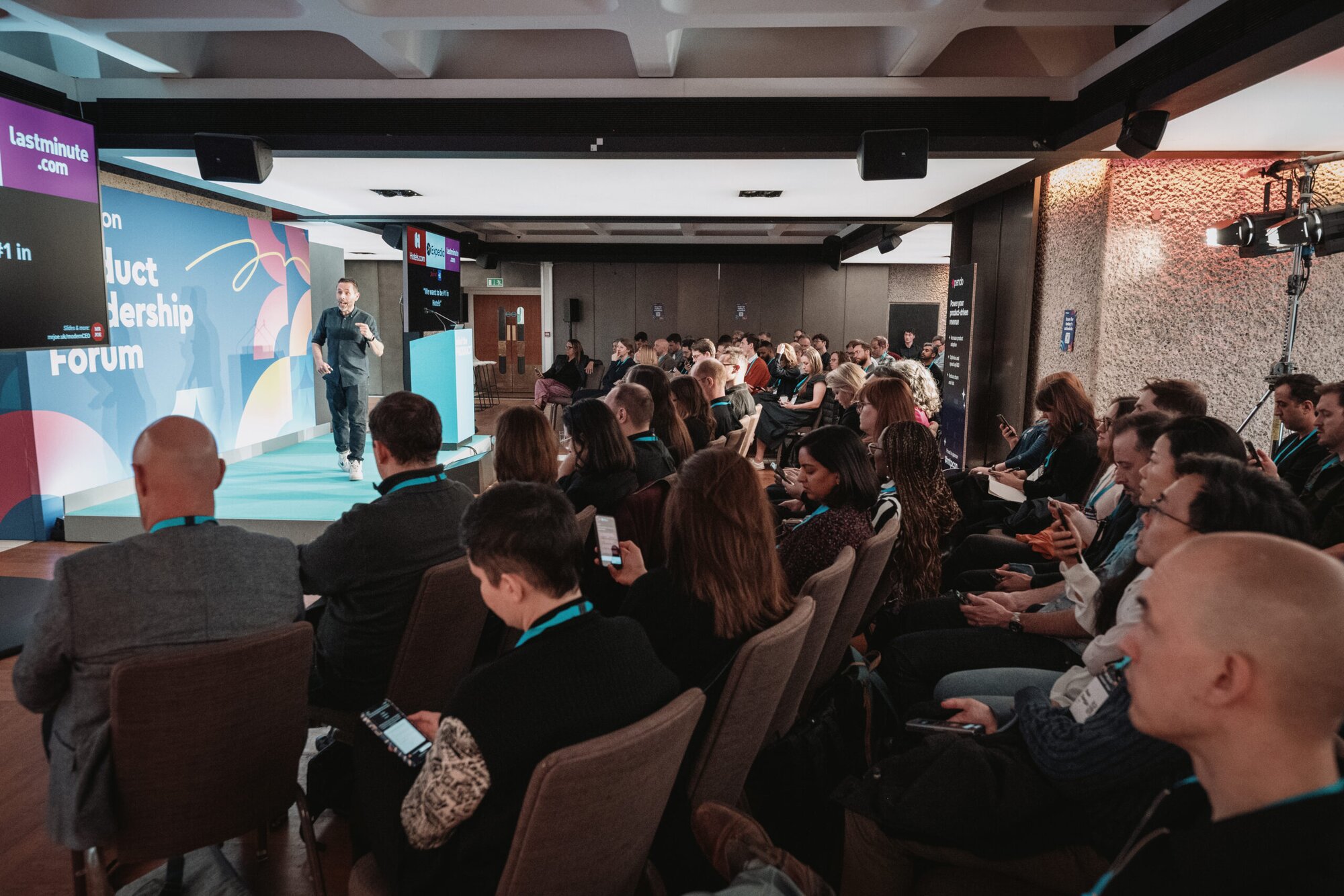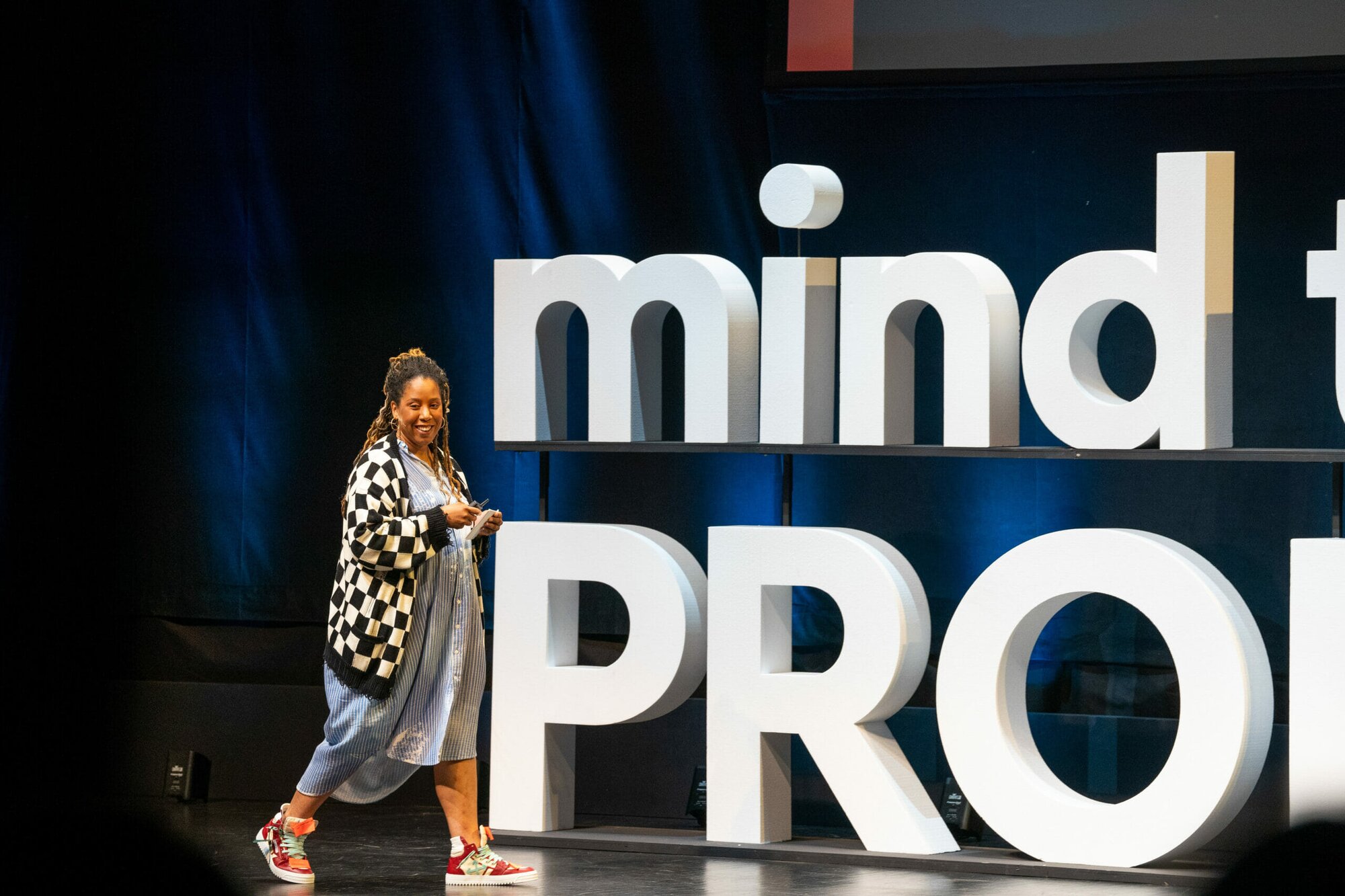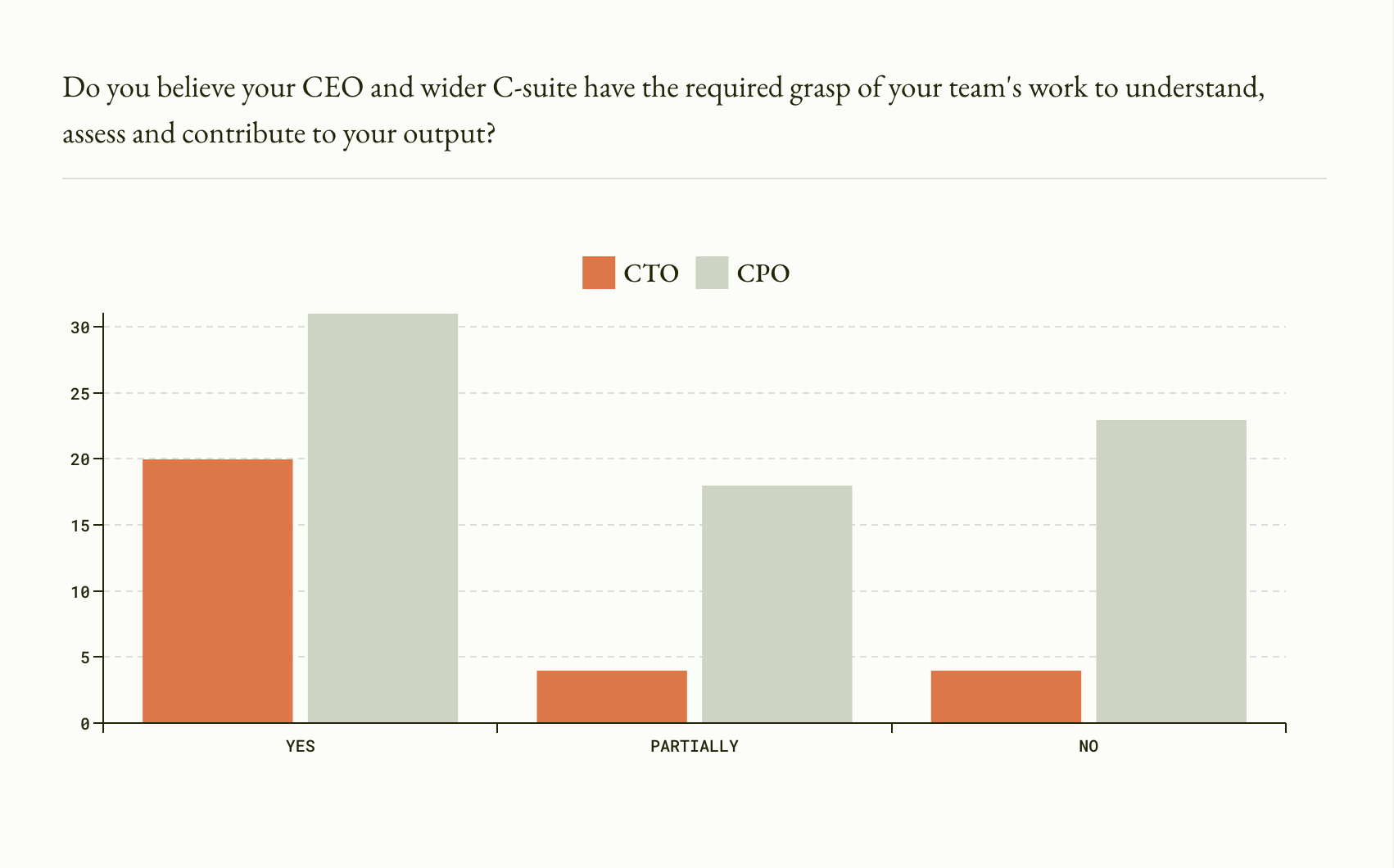It’s a product team’s job to make sure that their products are as free from bias as possible. From airbags and crash-test dummies designed by men for men, through to facial recognition systems failing to recognise darker skin tones, we’ve all read about the consequences when bias isn’t properly considered and eliminated.
The increase in use of artificial intelligence in product development means bias isn’t going to be eliminated any time soon. AI may help to reduce bias, but equally, as many have pointed out, it can also help to perpetuate it.
There are many forms of bias
Bias comes in many forms. This post from Saurabh Pandey, The power of perspective: Strategies for product managers to overcome biases, runs through many of them, and Pendo’s Principal Strategist, Christine Itwaru recently wrote a two-part article for Mind the Product on how to deal with cognitive bias: Deep dive: How to deal with cognitive bias in product – Part 1 and Deep dive: How to deal with cognitive bias in product – Part 2.
Adam Thomas, Product Principal for Mind the Product, says that, in his experience, teams don’t call out potential biases before they start to work. Says Adam: “Take availability bias, for example. Calling out and writing down what's available allows people to create the space to look at the things that are harder to get. It’s very easy just to look at the available data and say, ‘this is what people think’.”
Confirmation bias is the most insidious and widespread bias, in Adam’s experience. It’s the one that “really poisons the well”, because tech people have always been inclined to build what they want. He finds that tech companies may preach adapt or die, but in reality, they often don’t follow through and just throw engineers at a problem.
Combatting confirmation bias is dependent on leadership to some extent, says Adam: “Sometimes there's no amount of workshopping, there's no amount of writing or talking calmly or one-on-ones or anything else that will solve it. At a certain point you work for who you work for.”
An effective way to overcome bias in the leadership team is to give them a story, says Adam. “If you just show people data, they'll ignore it. You need a story to tell and you need to build trust. Put that person in as the protagonist because people love to hear themselves as a hero. It takes a bit of research and an understanding of who you're talking to.” Lean coffee meetings can also be helpful for finding blockers among a group of people, he says.
Hire for diversity
Hiring for diversity is of paramount importance in eliminating bias. Adam Warburton, Chief Product Officer at Vypr, comments that “making sure you have a diverse team is the number one thing you can do to reduce bias”.
This article from 2021, Diversity in product: Are we nearly there?, looks at progress towards diversity in product. While the picture has hopefully improved during the last couple of years, it’s fair to assume that we’ve still got some way to go.
This article, How to build a product team from scratch, contains some advice on useful hiring structures and rituals. And executive coach Kate Leto has written a lot about hiring product managers, her website includes some of the articles she’s written and the tools and resources she uses in her coaching practice, including the Role Canvas.
Good facilitation is vital
What can you do to eliminate bias and encourage diversity of thought with the team you have in place? Adam Warburton says that good facilitation is hugely important in reducing bias. “You have to balance introverts and extroverts. Make sure everyone in the room has a voice,” he says.
He has a few tactics to help with this:
- In any group session, he'll try to speak last. He says: “I avoid speaking first so that I don’t bias the group,”. He references Simon Sinek’s book Leaders Eat Last, which argues that great leaders create an environment where their followers feel safe enough to open up and give their all on the job.
- Anonymised feedback in retrospectives to help people who are anxious about sharing their views. Says Adam: “If you anonymise feedback, you remove some anxiety. So if you’re a bit worried about making a point, you can make it anonymously. I don't think it entirely removes anxiety, but it’s probably the closest you can get to it.”
- Demonstrate psychological safety through being vulnerable. As a leader, Adam says he’s always prepared to show vulnerability, that he can be anxious or that he gets things wrong. “I probably overshare,” he says. “But people often see their leader as being a bit infallible – so as soon as you tell them you’re not, their own imperfections become more acceptable to show.”
Combatting organisation bias
Vypr is a young company that produces product intelligence software aimed at retailers and manufacturers – customers include M&S and Greene King. It’s growing and scaling, and its leadership team wants a four-fold increase in current revenues over the next three years. As Adam comments, this means that “in three years time, the majority of people who will be using our product, don't use it today”.
He says: “Probably the biggest bias we face is our bias towards optimising for today.” He says that Vypr’s sales teams and account management teams are focused on satisfying specific clients – but their contracts are only a tiny proportion of the value that the business wants to create in three years' time. Says Adam: “We can optimise for the 1%, or we can try and optimise for the 99%. But the organisation is biassed towards satisfying its existing customers, which becomes very, very challenging.”
He finds that customer research and working with people who aren’t customers – talking to prospects and the general industry – are the best ways to overcome this bias: “We try to pull in as much external stimulus as we can to provide a counter to this narrative,” he says, “and we continually remind people of the need for growth, and that we're optimising for growth.”
To help everyone focus on the need for growth, Adam and his team at Vypr have produced a number of even over statements. “ We have an even over statement for new customers over existing customers. It’s one of the principles that we refer new work against, so that we ask whether we’re optimising for new over existing customers.”
These tactics aside, Adam believes that counteracting bias comes from cultural impetus rather than any methodology or framework. “There’s even bias in the selection of a framework,” he points out, “so for me, it’s more a way of working, a way of being.”
A way of working
How does this manifest? Vypr has a set of principles that the company uses to hire against, which include being customer focused and always learning. “Being always learning is the way we counteract bias,” says Adam, “we want to be curious, empathetic, and responsive to evolving customer needs. We want to listen to customer feedback, and use it to continually improve.” He also says that they’d “rather have a hole in the team than an arsehole”. If someone is damaging the psychological safety of the team then they don’t stay – something he has had to put into practice.
Every retro is used to check for team bias and for psychological safety, he adds. The even over statements are referenced at the start of every big piece of work so that they’re baked into the process that the team follows.
Successful collaboration is also a fundamental aspect to reducing bias, and at Vypr all staff fill out a ‘manual of me’ when they start. It’s presented to everyone and is very useful in facilitating collaboration. “Some people respond really well in the moment and will think out loud. Others often require things ahead of time to think about them and respond appropriately.” Adam says that – like the rest of Vypr’s leadership team – his own manual of me is very candid, and this encourages others to be honest about themselves.
Adam concludes: “The conversation on bias often focuses heavily on diversity but there are many other forms of bias inside an organisation. People need to be aware of them and how to counteract them.”







